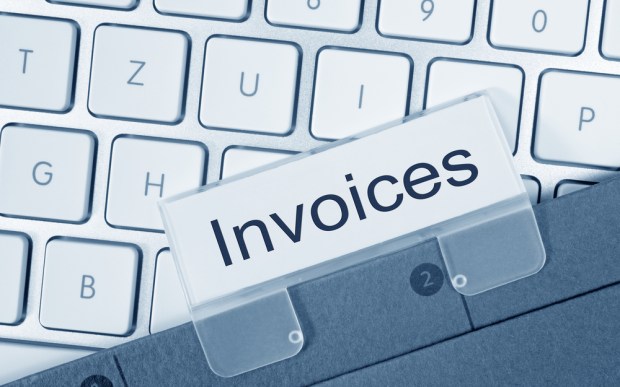Convincing Accounts Payable To Be Hands-Off With Supplier Payments

As corporate buyers embrace the strategic value of a stronger relationship with suppliers, finance executives are paying more attention to the technologies used to pay vendor invoices. This is no easy task: While nearly two-thirds of suppliers surveyed by Receivable Savvy in 2016 said they prefer to be paid electronically, only 9 percent said they want that payment to come via card. Yet more than half of suppliers said they receive card payments, with corporate buyers looking to take advantage of capital float and rewards from their card programs.
A similar disconnect occurs with paper checks: Suppliers don’t want to be paid this way, but corporates may be used to paying invoices with this rail. Conversely, suppliers may rely on paper checks to avoid the burden of on-boarding onto electronic payment rails, while their corporate buyers may be forcing them to shift to a different, electronic payment method.
With so many payment rails – and with buyers and suppliers in so many different places on their digital transformation journeys – how can a company’s accounts payable department ensure that vendor relationships remain strong, while navigating differing payment needs?
Nilay Banker, founder and CEO of invoice automation company Inspyrus, says removing the burden of manually choosing payment rails is the way to go – though, he recently told PYMNTS, that’s not necessarily easy.
This week, Inspyrus announced that it is integrating B2B payment capabilities into its platform powered by Nvoicepay. It’s called Inspyrus Total Pay, and the aim, of course, is to provide an end-to-end, automated accounts payable solution that handles invoice processing and payment in a single portal – instead of joint customers having to toggle between two different applications to handle invoice management and supplier payments separately.
“We looked at our customers and how they are using the two solutions, and they think of our apps as two separate processes,” Banker explained. “Accounts payable users have to deal with separate apps and separate processes, but there is no need for such overlap.”
With the new capability, Inspyrus and Nvoicepay are joining a growing list of B2B FinTechs that turn to collaboration and integration to enhance features and capabilities, instead of building out proprietary solutions. Their joint solution automates the generation of payment batches, payment files and reconciliation.
Making a manual decision on which payment rail to use is no longer a requirement, said Banker.
“We know that a supplier needs to get paid on a certain date,” he said. “The customer doesn’t need to worry about it at all. All the customer ever has to deal with is making funds available. The solution is going to optimize payment methods. As far as the customer is concerned, everything is paid electronically.”
He acknowledged that for some accounts payable executives, this may be in striking contrast to the way they’re used to doing business.
“This is going to be a shock to a lot of companies that have done payments in a particular way, and are used to being so hands-on, and spending a lot of time in the payments process,” he said. “That’s true of any digital transformation initiative. There’s always an issue of skepticism.”
But current accounts payable processes that are fragmented and manual have to be changed, Banker argued.
In addition to redundancies in having separate invoice management and payment apps, Banker also noted that today, AP executives rarely have the capability or expertise to manage supplier payment preferences or optimize payment rail choice.
“They might not even be aware that a supplier is able to accept credit cards or ACH payments,” he said. “A lot of customers say they don’t know how to do supplier enablement for an ePayments program.”
With Inspyrus now directly in the B2B payments space, Banker noted that the company will be watching industry trends closely, particularly when it comes to faster payments – a capability that’s complementary to the company’s existing dynamic discounting capabilities.
Last year, Inspyrus released a report that found a lack of automation is causing businesses to miss these early payment discounts. Forty-one percent of survey respondents in the firm’s 2017 AP & Working Capital Report said that lengthy invoice approval cycles are a top barrier, while more than a third said missing information or lost invoices leads to a missed discount opportunity.
“We’re focused on innovation through technology, so what you’re going to see is that innovation driving early payments,” Banker said. “That dovetails into the dynamic discounting we provide, where suppliers are willing to provide discounts for early payment.
“Our goal,” he added, “is to make accounts payable a touchless experience for the customer.”
